The top-tier institutes following IITs in India are the National Institutes of Technology (NITs). Getting a degree from an NIT is a dream for many students. These institutes are centrally funded and directly managed by the Ministry of Education. There are 31 NITs spread across various cities in India. Among them is the picturesque and esteemed National Institute of Technology Srinagar (NIT Srinagar or NITSRI). This article covers everything you need to know about NIT Srinagar.
Here are some interesting facts about NIT Srinagar
1. Founded During the Second Five-Year Plan (1956-61)
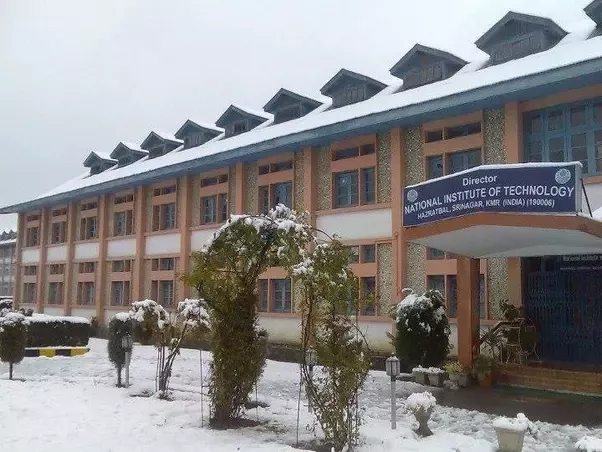
NIT Srinagar was established in 1960 as part of India’s Second Five-Year Plan. Initially a Regional Engineering College, it became governed by the National Institutes of Technology Act, of 2007. The campus moved to its current location in 1965.
2. Upgraded to National Institute of Technology in 2003
In July 2003, the Regional Engineering College, Srinagar, was officially upgraded to the National Institute of Technology, Srinagar.
3. Status as a Deemed University
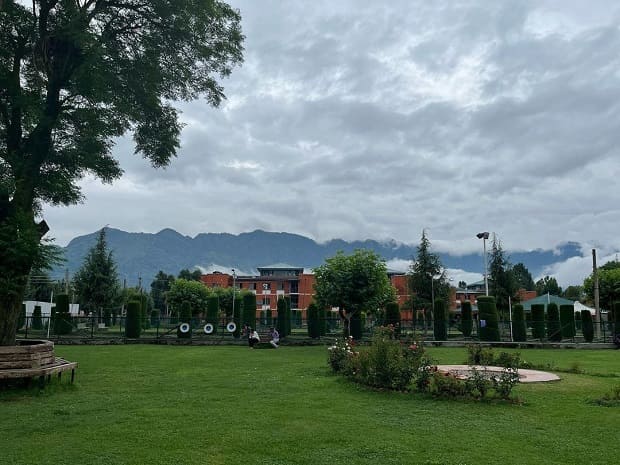
NIT Srinagar achieved Deemed University status, which was recognised by the University Grants Commission, All India Council for Technical Education, and the Government of India.
4. Institute of National Importance
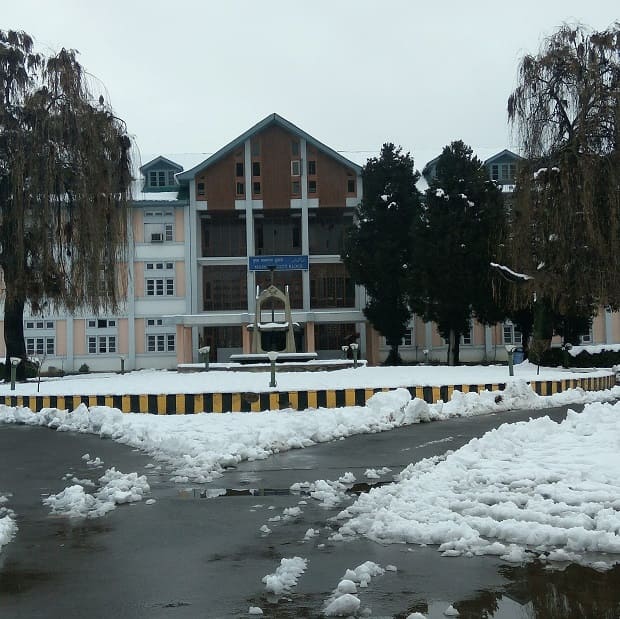
On August 15, 2007, NIT Srinagar was declared an Institute of National Importance under the NIT Bill passed by the Indian Parliament.
5. Scenic Location
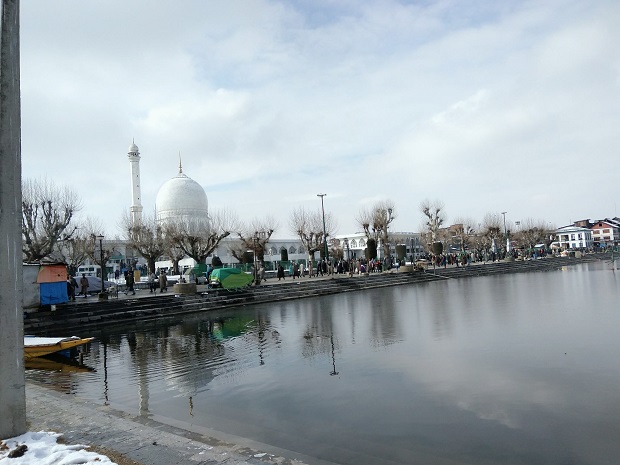
The institute is situated in the northeastern part of Srinagar city, near the Hazratbal Shrine on the western bank of Dal Lake. It is 13 km from Srinagar railway station and 23 km from Srinagar International Airport.
6. Admission Process
Undergraduate: Indian students are admitted through the Joint Entrance Examination (Main) (JEE-Main). Non-resident Indians are admitted through the Direct Admission of Students Abroad (DASA) program via SAT scores.
Postgraduate: Admission to postgraduate programs is based on Graduate Aptitude Test in Engineering (GATE) scores, managed by Centralized Counselling for M.Tech. (CCMT). For M.Sc. courses, admission is through the Joint Admission Test.
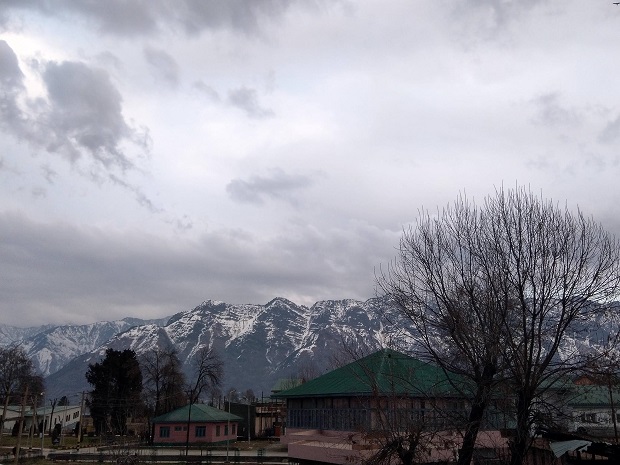
The JEE-Main cutoff for NIT Srinagar is determined by several factors, including the number of applicants, seat availability, exam difficulty, and previous year trends.
7. Campus Facilities
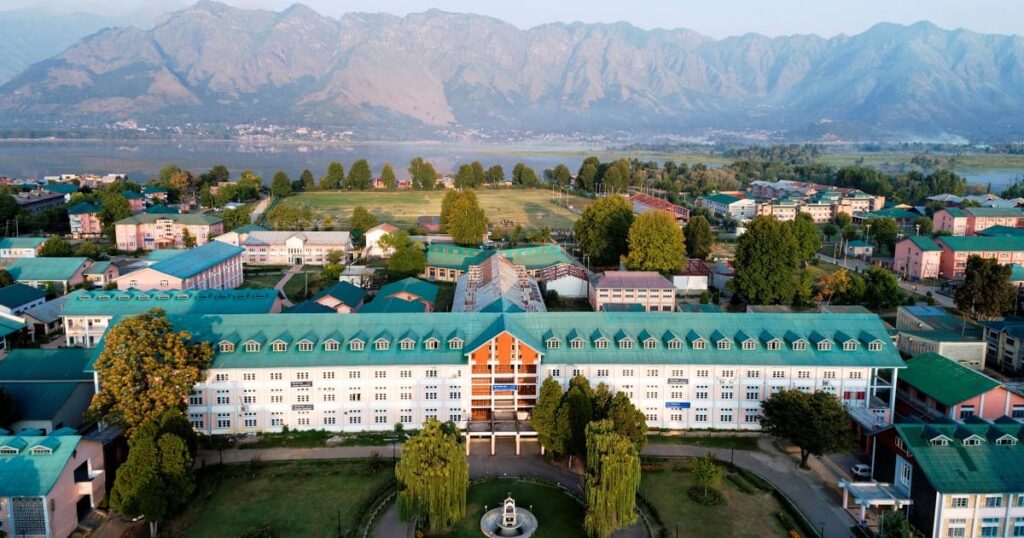
The campus features academic buildings, student hostels, and residential facilities for faculty, staff, and students. It also has a Health Centre providing medical care to the campus community.
8. Automated Central Library
The library boasts a collection of 75,000 books and is open three days a week.
9. High-Speed Connectivity
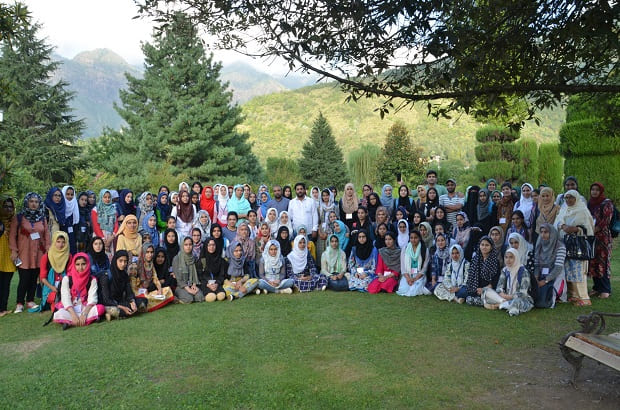
The campus is equipped with Wi-Fi and a high-speed National Knowledge Network, covering all departments, student hostels, and faculty quarters. Each department has a central computer lab.
10. Separate Hostels and Guesthouses
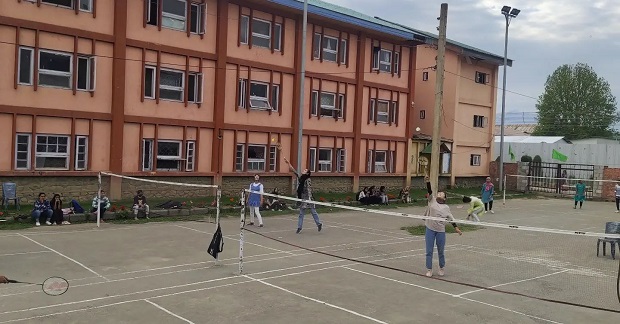
NIT Srinagar offers separate hostels for male and female students and guesthouses for temporary housing needs.
11. Recreational Facilities
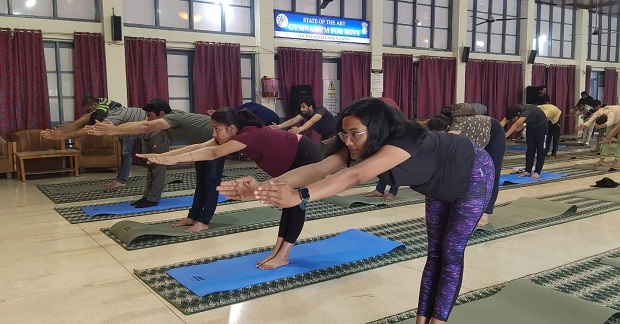
The Common Hall includes indoor games and a gymnasium.
12. Maintenance Engineering Centre
Established under Indo-Italian collaboration, this centre supports the engineering needs of the institute and the region in research, academics, and consultancy.
13. Techvaganza: The National Level Technical Festival
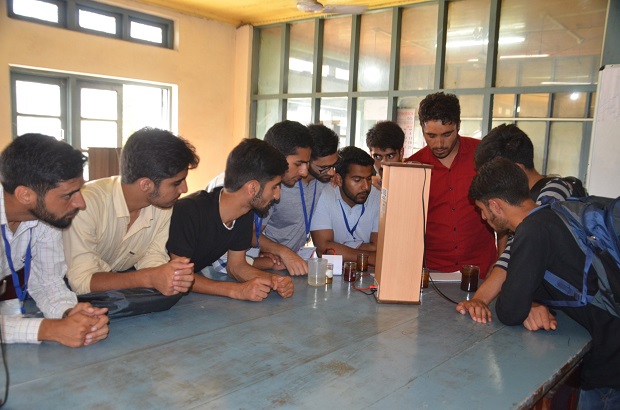
Held annually in April, Techvaganza is the first Techno-Management festival in the region. Initiated in 2009, it has grown into one of the largest technical festivals.
14. Placement Success
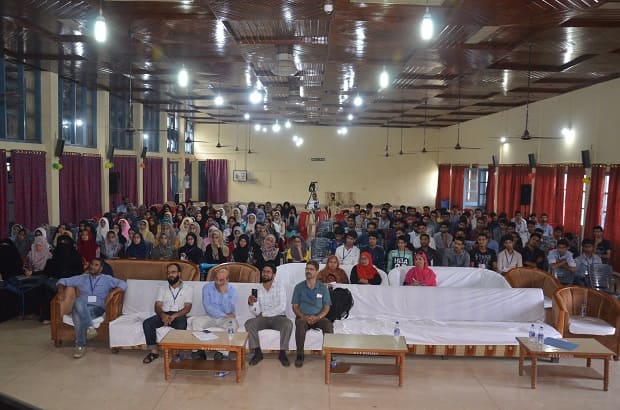
The training and placement cell manages all placement activities. Top recruiters include Infosys, HCL, and ZS Associates. The CSE department boasts a 100% placement rate, with an average package of 12.65 LPA and a highest package of around 42 LPA.
15. Notable Alumni

Distinguished alumni include Sonam Wangchuk, an engineer, innovator, and education reformist; Subhash Kak, a computer scientist and former head of the Computer Science Department at Oklahoma State University; Davoud Danesh-Jafari, former Iranian Minister of Economy and Finance Affairs; and Vijay Vaishnavi, a researcher and scholar in computer information systems.